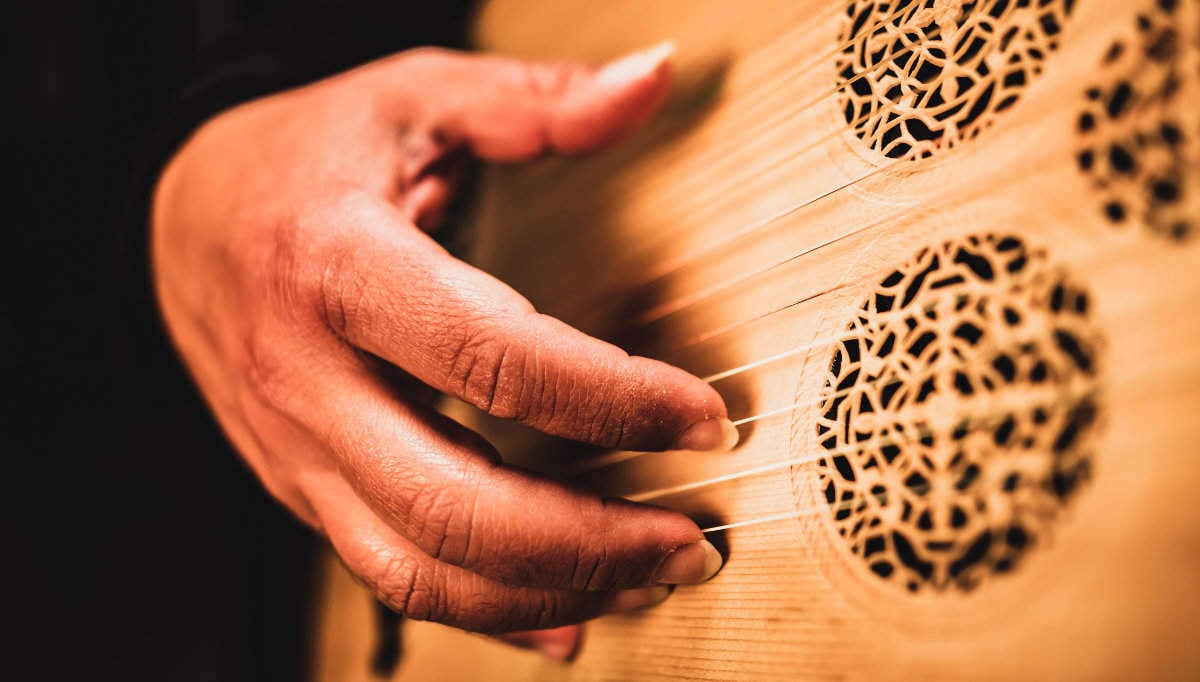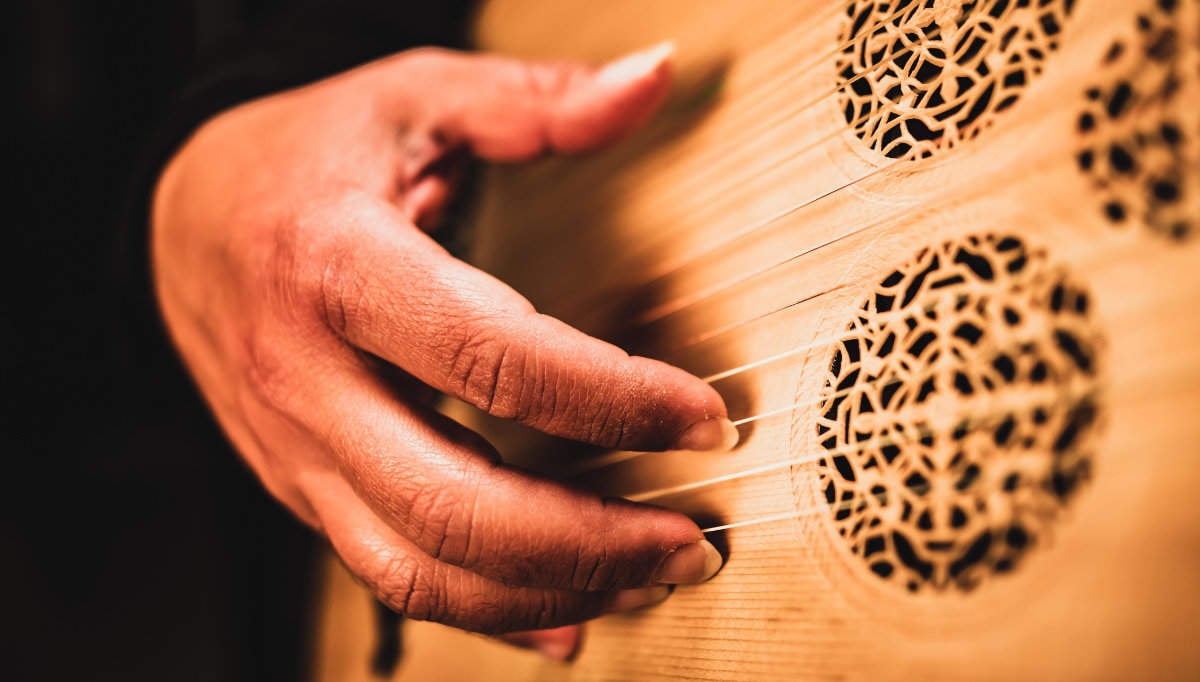When learning to play the classical guitar, you will be taught to grow the nails on your plucking hand. This is taught in the early stages of learning.
History of Nails
Classical guitarists tend to grow their nails out to produce a better, smoother, louder tone. The guitar is a quiet instrument. Anything that helps it to be heard is preferred. As far as I can tell, guitarists started growing their nails out on the plucking hand around the 19th century. Some, but not all guitarists agree that this is the best way to approach the strings. However, there are two schools of thought on this subject and a bit of a debate.
Some say that with the introduction of nylon strings, it was harder to produce a good sound without nails. This argument is that gut strings were rougher and had more texture. With this, gut strings allowed the finger to catch the string better, producing a stronger sound.

To Nail or Not to Nail
However, believe it or not, many guitarists played without nails prior to the 20th century. Although there is a mention of Francesco Corbetta who, in the 17th century, played with nails. Fernando Sor, Matteo Carcassi, and Francisco Tárrega, three of the most famous guitarists are noted for playing without nails. In fact, Fernando Sor has been quoted as saying:
“Never in my life have I heard a guitarist whose playing was supportable, if he played with the nails.” - Fernando Sor
Playing with no nails will produce a more mellow sound. Many guitarists appreciate the type of tone it produces on the instrument. However, playing with no nails will ultimately produce a lower, softer sound.
Other guitarists like Dionisio Aguado played with nails for most of his career. I think a good opinion was stated by Steven Watson. He said,
“I do not believe that either side won the argument. Nor can the argument ever be won.” - Steve Watson
So, it really comes down to preference. I would encourage you to try both, playing with nails and no nails. And cultivate an appreciation for the music of those who would think differently.
Scott Tenant’s Approach to Nails
There are a few different approaches to shaping nails. I find Scott Tenant’s approach to nails beneficial. In his book “Pumping Nylon,” he introduces the idea of having a “ramped nail.” This type of nail produces a slightly longer contact with the string when plucking. A longer more rounded nail produces more resistance when being plucked. A shorter, shallower “ramped” nail provides less resistance.
Mr. Tenant’s approach to nails states that the “old” way of shaping the nail does not always work. I find that a combination of his approach and a rounded nail seems to work best for my nails. It is important to be aware of how different nail shapes work. Experiment with each approach and see which works best for you.
My Approach to Nails
When I studied with Mary Ackerman, she introduced me to the Strings By Mail Nail File and Micromesh Buff Kit with 5.25-inch File. It contains a 5.25-inch glass nail file, a pack of 6 Micromesh (sand?) papers of differing grits, and a foam block all in a velvet pouch. In addition to this, you can purchase replacement files, papers, and a foam block from the site. This makes doing your nails easier, being able to get all your supplies from one place.
Filing Your Nails
The shape of your nail will influence the sound produced by the string. When filing your nails, you want to approach them from a 45-degree angle. Any shallower and you will thin out the nail. At any higher angle, the edge of the nail will have a rougher edge.
After filing the nail, you might consider wrapping the high E string of the guitar with 200-grit sandpaper. You will use this to knock off the edge of the nail. Playing the string with the sandpaper on it the way you would normally play, will further shape the nail.
When filing the nail, you should aim for a length of about a 16th of an inch (1.6 mm). That is about the height of the file. While this might be a little short for playing, it files the nail back enough that it will grow into that optimal length. It is recommended that you file your nails at least once a week.
Buffing the Nails
After filing, buff the nails starting with the roughest paper (4000 if you are using the Strings by Mail kit). Make sure that the nails are smooth before you move to the next paper. When you have finished with the 4000-grit paper, move on to the 6000. Eventually, the nails will get to a point of glassy smoothness, which is what you want.
It is also recommended that you buff your nails before each practice. This keeps them relatively smooth.
Conclusion
Experiment with your nails. You will find the right nail shape and length that works best for you. Listen to the sound you produce on the strings. If it is a harsh, rough sound. Try buffing your nails. I have noticed that professional guitarists are constantly buffing their nails. This is a good habit to get into. Buff your nails with the smoother Micromesh (12000 or 8000) or finer sandpaper. Good habits formed early will add to a good, louder, and cleaner sound.
If you like this blog post, you should sign up for the monthly newsletter and consider sharing it.




Comments ()